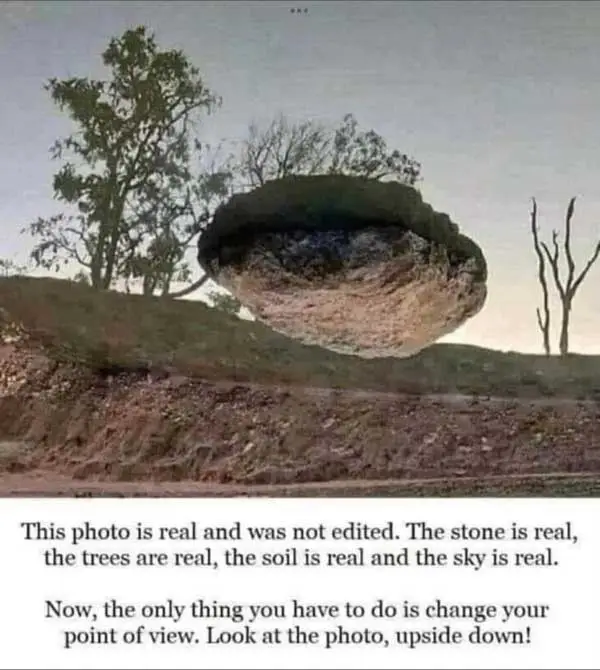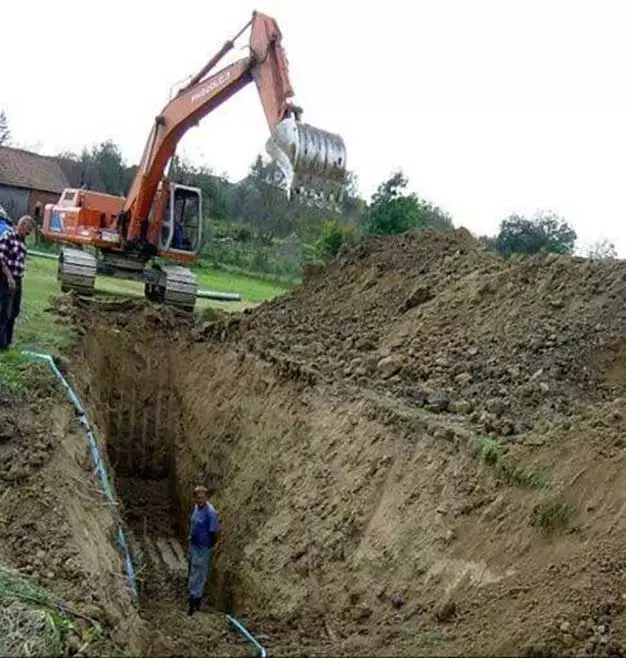This is at first glance perhaps a silly question? Those contractors engaged in Trenchless Technology do not lay pipe, at least not in a traditional sense, and so are not concerned about cave-ins, especially since much of the work is relatively shallow.
I know that this is entirely possible given the pictures I see in your magazine and similar magazines. Now, I’m not suggesting that you are not safety minded contractors…I know that safety is important to your operation. But I am suggestion that compliance with the regulations sometimes eludes even the most safety conscience contractors and to have every “t” crossed and every “I” dotted is sometimes difficult if not impossible.
They say “fish discover water last.” That is, until they are out of water…water is not a part of their consciousness. And that applies to our projects as well: Until something bad happens, details elude us. It happens! But “it happens” is not acceptable if you are truly concerned about employee safety and I am confident that you are.
Let me provide an example. First, what is the definition of an excavation? Most contractors have the concept of “manmade removable of earth” firmly settled in their minds. But then, I ask, why do so many boring pits and receiving pits five feet or deeper in depth do not employ a protective system?
A corollary question would be: Why do boring pits and receiving pits five feet or less in depth do not have a protective system?
Perhaps the answer to that question becomes more evident when I ask the question: What is a “cave-in”?
The question of what is a “cave-in” is definitely an illustration that simple concepts are frequently out of sight and out of mind and only when something bad happens (note I did not say accident) do we get face to face to real issues…life and death.
The truth is: few competent persons, crew leaders, foremen or other contractor management personnel know what constitutes a “cave-in”. Just ask them? At best the answers are: the movement of soil or dirt from the face or sides of an excavation or trench that covers up an employee, or soil that is in sufficient quantity as to be as high as major organs relative to the man’s height.
The definition of a “cave-in” that is in the standard is as follows:
“Cave-in” means the separation of a mass of soil or rock material from the side of an excavation, or the loss of soil from under a trench shield or support system, and its sudden movement into the excavation, either by falling or sliding, in sufficient quantity so that it could entrap, bury, or other-wise injure and immobilize a person.
By definition then, we are looking at the movement of soil, and what I will call hazardous movement of soil. The implication is clear that employee exposure to injury or worse is a fundamental part of the definition, not just movement of soil. In other words, movement of soil in which there is there is no human exposure is simply soil movement. But movement otherwise, including soil from the surface level, spoil pile, and from the face or sides, or out from under a protective system may indeed be hazardous ground movement and constitute a cave-in regardless of depth if employee exposure exist.
Note that soil out from under a protective system is included because when the standard was in the process of being rewritten, 1976-1989, contractors where known to slope from a five foot rise, to bench, or to place their shields 5’ to 8’ feet (or more) off of the bottom of the excavation or trench.
In these instances, contractors were operating with the mistaken idea that the bottom five feet of a soil must be inherently safe, either because of the nature of soil, or as is frequently stated, the average height of a worker. Hopefully we all recognize the foolishness of this concept.
Also, in the use of trench shields, contractors would lift the front of the shield, sliding it forward on its tail, then position it to dig inside, pushing it to grade to lay the next joint of pipe. This vertical movement was a cause for many injuries and fatalities even with the use of a protective shield.
Current regulations, when followed have all but eliminated injuries and fatalities from happening in these circumstances.
So, as cave-in is about ground movement from three possible sources…spoil pile, off the face or sides of the excavation or trench, and out from under a protective system.
The question now is: How much soil?
This is where most people seem to have a brain freeze. A “cave-in” is not in the amount of soil or dirt that can cover me over but in the amount of soil or dirt that can entrap, bury, or immobilize…causing injury or death.
Once my employee has lost freedom of movement in his work area I have failed to provide a safe job and a safe working environment. That is, after all, my moral imperative.
Hence, according to Appendix F, my duty is clear. If I am five feet or more in depth a protective system must be provided for the employees in that excavation and/or trench. If I am less than five feet in depth the question must be asked: Is there potential for cave-in? If the competent person, based on his experience answers this question in the affirmative then a protective system must be provided.
It is all about safety! It is also about compliance and compliance demands that regardless of depth, if an employee is subject to the potential of hazardous ground movement that could entrap or immobilize, causing injury or worse, that he be protected from what might be a terrible consequence.



